DNVN - On November 13, Cisco announced the AI Readiness Index 2024, which showed that only 22% of organizations in Vietnam are fully ready to deploy and utilize AI technologies, down from 27% last year.
This decline highlights the challenges companies face in adopting, deploying, and fully exploiting AI. Given the rapid growth of the market and the significant impact AI is expected to have on business operations, this readiness gap becomes especially important.
The index is based on a “double-blind” survey of 3,660 senior leaders from companies with 500 or more employees across 14 markets in the Asia-Pacific, Japan, and China (APJC) region. These leaders are responsible for integrating and implementing AI within their organizations. The AI Readiness Index is measured across six pillars: strategy, infrastructure, data, governance, talent, and culture.
According to Cisco, AI has become a cornerstone of business strategy, and companies are increasingly feeling the urgency to adopt and deploy AI technology. In Vietnam, 100% of companies reported that the need to deploy AI has increased over the past year, mainly due to the push from CEOs and management. In addition, companies are committing a large amount of resources to AI, with 48% of companies reporting that up to 10% to 30% of their IT budget is allocated to AI deployment.
Despite significant investments in AI in strategic areas such as cybersecurity, IT infrastructure, analytics and data management, many companies report that the returns on these investments are not meeting their expectations.

“As companies accelerate their AI journeys, it is important that they take a holistic approach to deployment and connect the dots to align AI ambitions with readiness. This year’s AI Readiness Index shows that to fully realize the potential of AI, companies need a modern digital infrastructure that can handle the growing power demands and network latency requirements of increasingly demanding AI workloads. This must be supported by the right vision to achieve their business goals,” said Nguyen Nhu Dung, Managing Director, Vietnam, Cambodia and Laos, Cisco.
AI readiness declined across all pillars with infrastructure identified as the primary challenge: One of the biggest declines was in infrastructure readiness with gaps in compute, data center network performance, cybersecurity, and other factors. Only 38% of organizations have the GPUs needed to meet current and future AI needs, and 39% have the ability to protect data in AI models with end-to-end encryption, security auditing, continuous monitoring, and immediate response to potential threats.
Companies are investing but not meeting expectations: Over the past year, AI has become a spending priority for organizations in Vietnam, with 48% of organizations allocating 10-30% of their IT budget to AI projects. AI investments are focused on three strategic areas including cybersecurity (59% of companies have fully/advanced implementation), IT infrastructure (58%), and data management (55%). The top three goals they are aiming for are improving the efficiency of systems, processes, operations, and profitability; the ability to innovate and stay competitive; and creating better experiences for customers and partners.
Despite increasing investment, on average less than a quarter of companies say they see no benefit or the benefit is not what they expected from enhancing, supporting or automating existing processes or operations.
Companies recognize that they need to do more to better prepare for effective AI adoption. In Vietnam, 63% of companies rate improving the scalability, flexibility, and manageability of their IT infrastructure as their top priority, highlighting an awareness of gaps that need to be filled to improve overall AI readiness.
Phan Minh
Source: https://doanhnghiepvn.vn/doanh-nhan/doanh-nghiep-24h/muc-do-san-sang-cho-tri-tue-nhan-tao-tai-viet-nam-giam/20241114022846478




![[Photo] Closing of the 11th Conference of the 13th Central Committee of the Communist Party of Vietnam](https://vstatic.vietnam.vn/vietnam/resource/IMAGE/2025/4/12/114b57fe6e9b4814a5ddfacf6dfe5b7f)





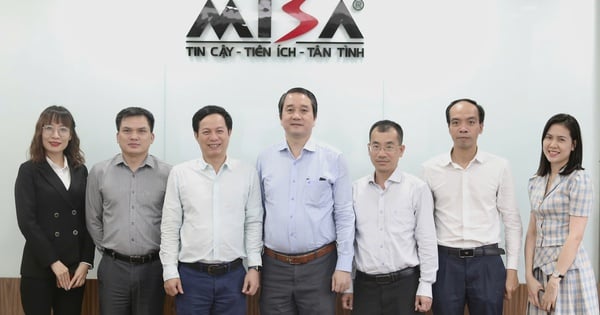











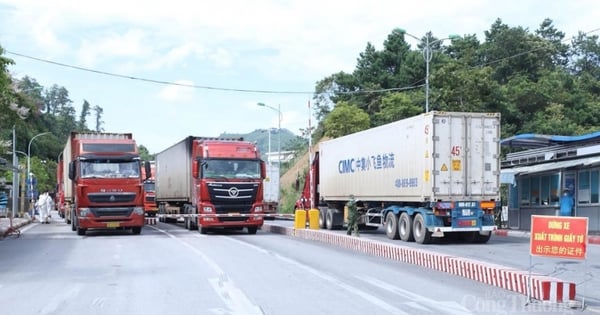
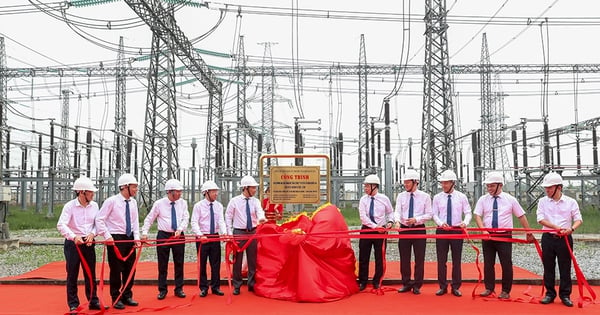









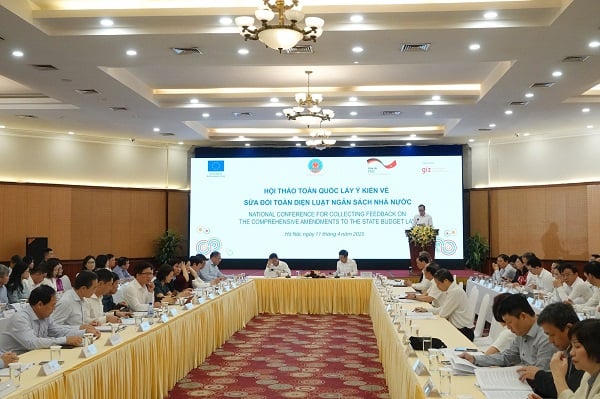

![[Photo] Overcoming all difficulties, speeding up construction progress of Hoa Binh Hydropower Plant Expansion Project](https://vstatic.vietnam.vn/vietnam/resource/IMAGE/2025/4/12/bff04b551e98484c84d74c8faa3526e0)














































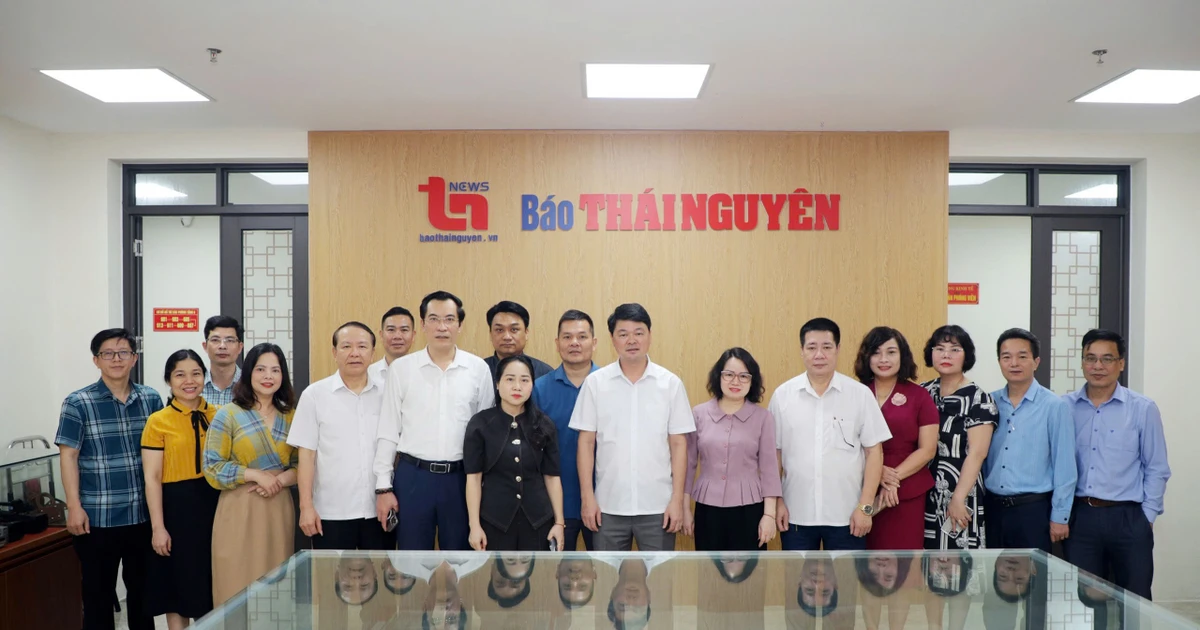

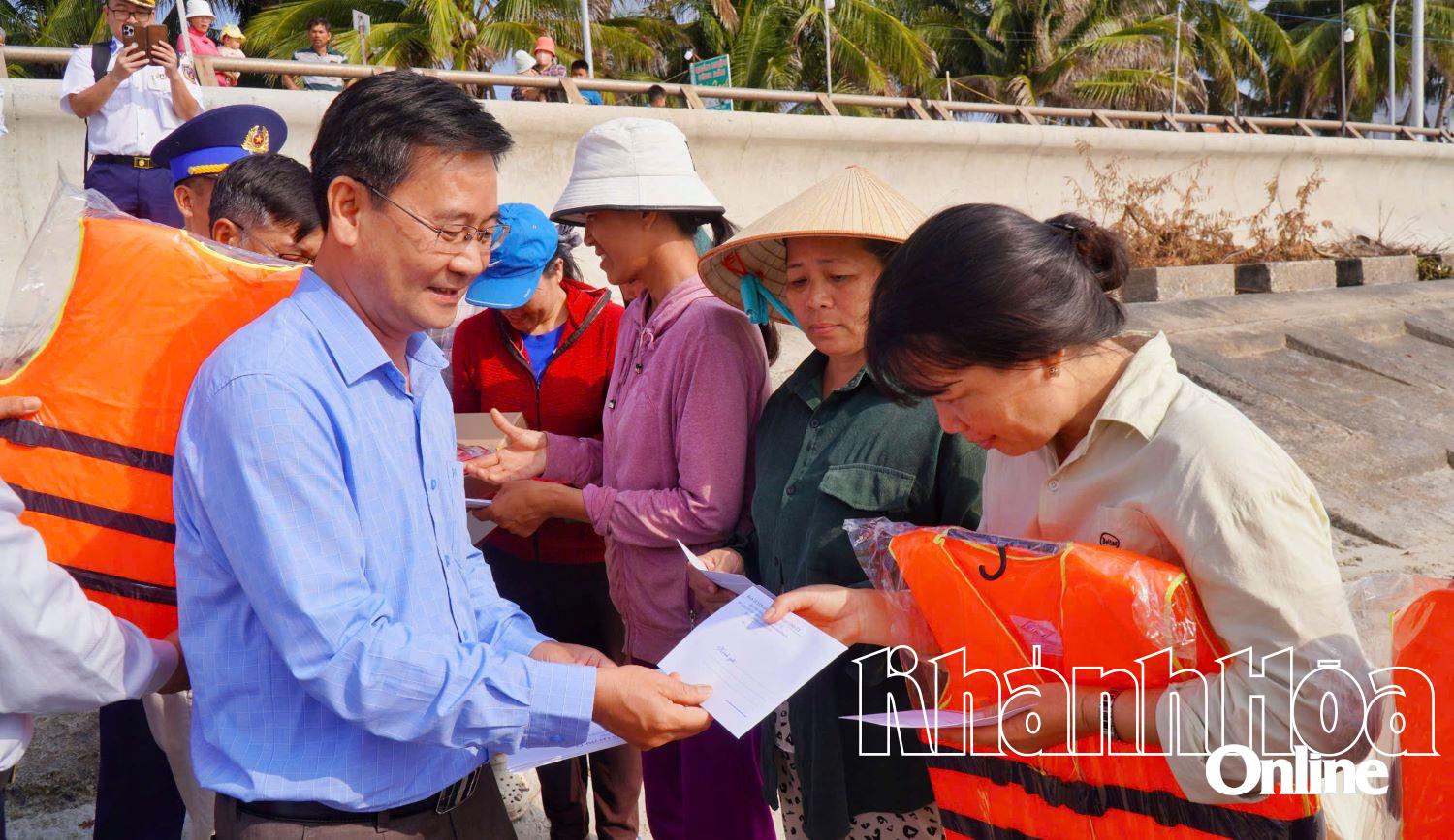












Comment (0)